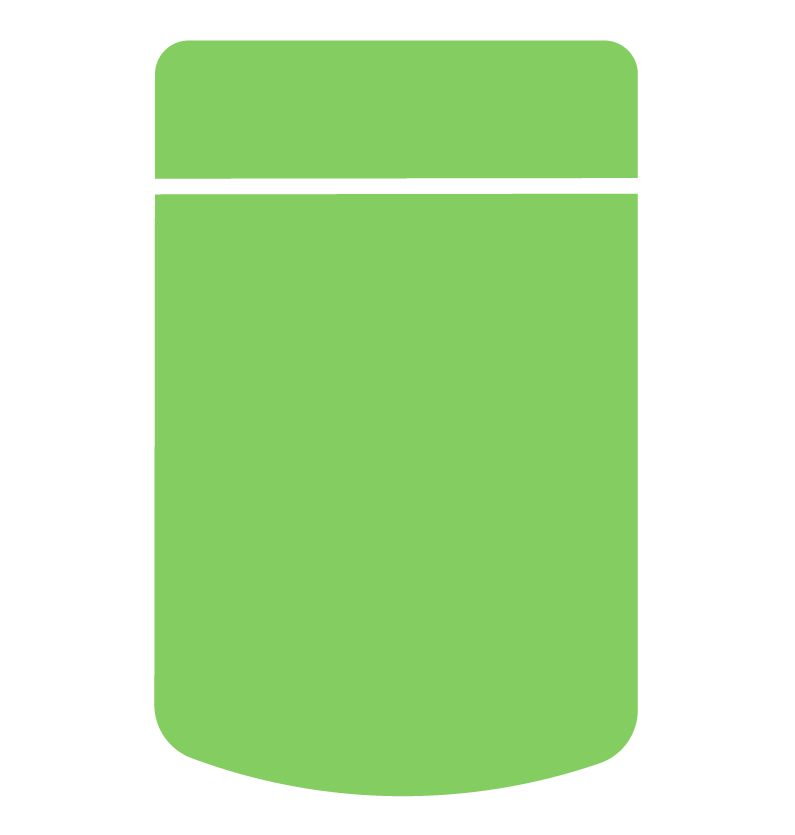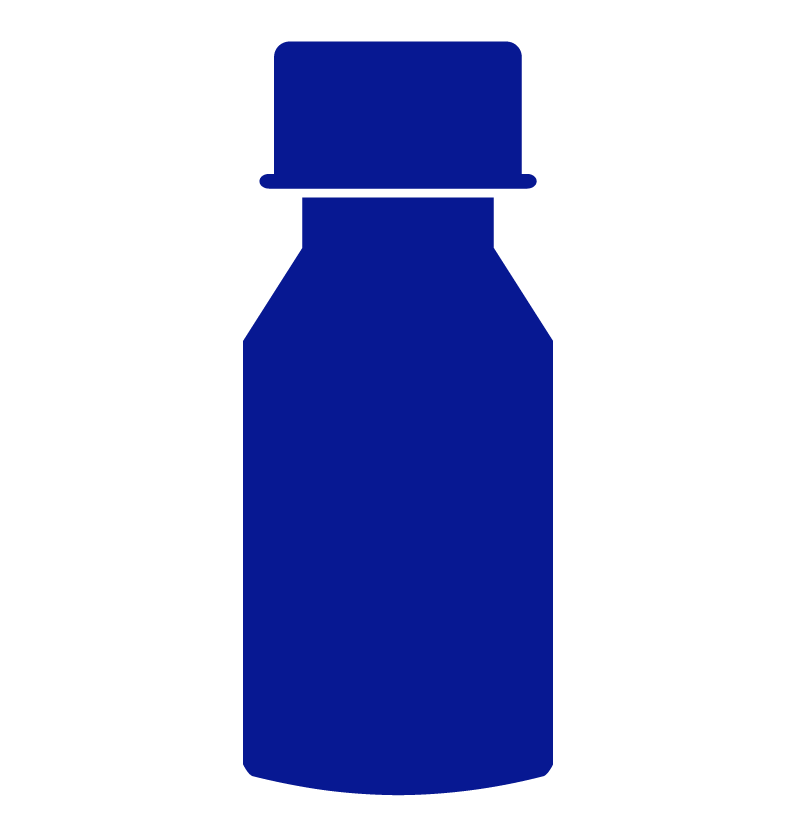The risks of opioid-related harms and deaths in the construction industry have been raised in a number of media reports over the past year.
In an article published last week by CBC News, construction workers in Alberta said that “isolation, lifestyle and physicality of job pushes some to drug use.” Three out of four people who die of overdoses in Alberta are men, and 30 to 50% of those employed at the time of their death, were employed in trades.
In July 2022, Public Health Ontario and Health Canada released several reports and tweets about this issue and the growing concern saying nearly one in 13 opioid-related deaths in Ontario occurred among construction workers.
The construction industry is a crucial part of our economy, and its workers play a very important role in building and maintaining our infrastructure. The growing opioid-related harms in recent years are a problem that demands further attention.
Why are opioid-related harms more prevalent among construction workers?
Workers describe the physical pain of their jobs as a reason for their drug use. According to a report by Public Health Ontario, 78% had an injury or pain diagnosis prior to death (mainly fractures, dislocations, strains or sprains, as well as low back pain).
Opioids are a class of drugs that are used to relieve pain and include prescription painkillers like OxyContin, as well as street drugs like heroin and fentanyl. These drugs have become a major public health concern due to their high potential for abuse and dependence.
Opioid use and abuse in the construction industry have serious consequences for workers and their families. Opioids can impair a person’s ability to perform their job safely. Workers who are dependent on opioids are also more likely to miss work and have decreased productivity, which can lead to job loss and financial instability.
In addition to the personal and economic harm caused by opioid use and abuse, the construction industry is also facing increased costs due to the opioid epidemic. The cost of treating opioid addiction and overdose, as well as the cost of replacing workers who are unable to perform their jobs, is a growing burden on the industry.
To address this problem, it is important that the construction industry takes steps to prevent opioid use and abuse. This can include offering support and access to resources for workers who are struggling with substance use disorders and promoting alternative forms of pain management.
Medical cannabis is a promising alternative to opioids for the treatment of chronic pain. Compared to opioids, cannabis has a better safety profile with no overdose-related deaths reported. Furthermore, the endocannabinoid system and opioid system in our bodies work together with the major pain pathways to relieve pain without increasing the risk of overdosing and dying.
We also know that chronic pain is rarely treated alone; it is typically accompanied by emotional distress and sleep problems. Medical cannabis is a promising alternative because it is likely to avoid the undesirable side effects associated with prescription pharmaceuticals to treat pain, sleep, and anxiety all at once.
In conclusion, the opioid epidemic is a serious problem in the construction industry, and its impacts are felt by workers, their families, and the industry as a whole. To prevent further harm, it is important that everyone works together to promote safe and healthy work environments and support those who are struggling with addiction. By addressing this problem, we can help protect the health and well-being of construction workers and ensure that this important industry remains strong and productive.





